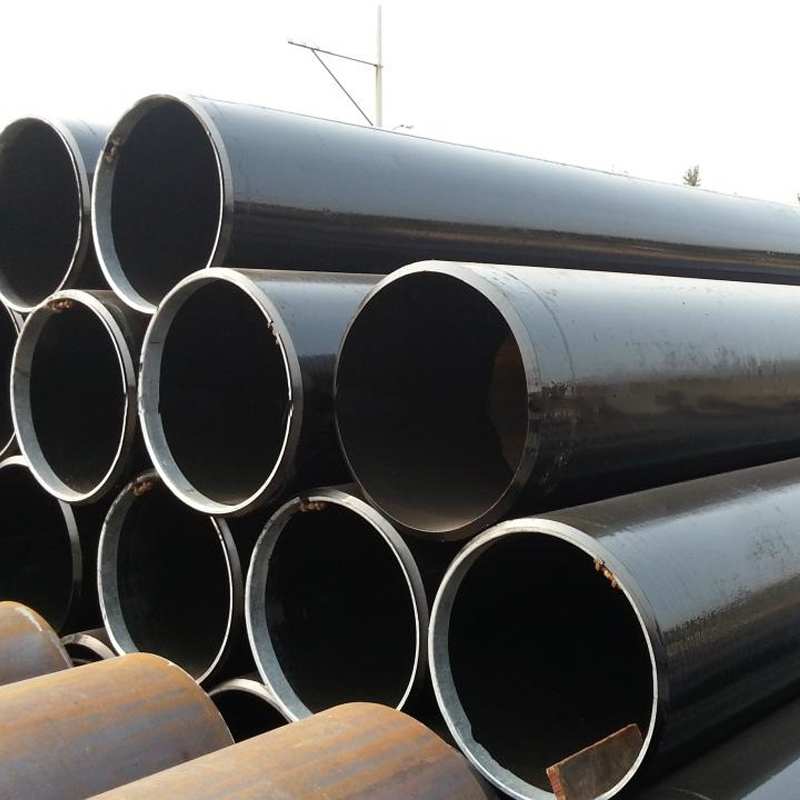-
Cangzhou Yulong Steel Co., Ltd.
-
Phone:
+86 13303177267 -
Email:
admin@ylsteelfittings.com
- English
- Arabic
- Italian
- Spanish
- Portuguese
- German
- kazakh
- Persian
- Greek
- French
- Russian
- Polish
- Thai
- Indonesian
- Vietnamese
- Zulu
- Korean
- Uzbek
- Hindi
- Serbian
- Malay
- Ukrainian
- Gujarati
- Haitian Creole
- hausa
- hawaiian
- Hebrew
- Miao
- Hungarian
- Icelandic
- igbo
- irish
- Japanese
- Javanese
- Kannada
- Khmer
- Rwandese
- Afrikaans
- Albanian
- Amharic
- Armenian
- Azerbaijani
- Basque
- Belarusian
- Bengali
- Bosnian
- Bulgarian
- Catalan
- Cebuano
- China
- China (Taiwan)
- Corsican
- Croatian
- Czech
- Danish
- Esperanto
- Estonian
- Finnish
- Frisian
- Galician
- Georgian
- Kurdish
- Kyrgyz
- Lao
- Latin
- Latvian
- Lithuanian
- Luxembourgish
- Macedonian
- Malgashi
- Malayalam
- Maltese
- Maori
- Marathi
- Mongolian
- Myanmar
- Nepali
- Norwegian
- Norwegian
- Occitan
- Pashto
- Dutch
- Punjabi
- Romanian
- Samoan
- Scottish Gaelic
- Sesotho
- Shona
- Sindhi
- Sinhala
- Slovak
- Slovenian
- Somali
- Sundanese
- Swahili
- Swedish
- Tagalog
- Tajik
- Tamil
- Tatar
- Telugu
- Turkish
- Turkmen
- Urdu
- Uighur
- Welsh
- Bantu
- Yiddish
- Yoruba

Dec . 04, 2024 16:11 Back to list
ANSI 150 Flanges 36 Inch Specifications and Applications for Industrial Use
Understanding ANSI 150 Flanges A Comprehensive Guide
In the world of piping systems, flanges play a crucial role in ensuring the strength and integrity of connections between pipes, valves, pumps, and other equipment. Among the various types of flanges used in industrial applications, ANSI flanges, particularly ANSI 150 flanges, are widely recognized for their reliability and compatibility. This article aims to provide a comprehensive overview of ANSI 150 flanges, including their specifications, applications, and installation guidelines.
What is ANSI 150 Flange?
The term ANSI refers to the American National Standards Institute, which oversees the development of engineering standards in the United States. ANSI flanges are categorized based on their pressure rating, and ANSI 150 flanges denote a specific designation within that classification. The “150” refers to the maximum pressure the flange can handle at a specified temperature, providing a standardized measurement of its strength and suitability for various applications.
ANSI 150 flanges are generally rated for a pressure of 150 pounds per square inch (psi) at a temperature of 100°F. However, the pressure rating can vary with temperature; as the temperature increases, the maximum allowable pressure decreases. This relationship highlights the importance of selecting flanges based on the specific conditions of the application.
Specifications of ANSI 150 Flanges
ANSI 150 flanges are available in various materials, including carbon steel, stainless steel, and alloys, making them suitable for a wide range of applications. Commonly, these flanges are manufactured to meet the ASME B16.5 standard, which outlines the dimensions, tolerances, and markings for flanges in various pressure classes.
Typically, ANSI 150 flanges feature a flat face or raised face design, with the raised face providing a more effective sealing surface for gasket placement. The flange dimensions include the outer diameter, bolt circle diameter, and bolt hole dimensions, all of which comply with standardized values to ensure interchangeability and compatibility across different manufacturers.
Applications of ANSI 150 Flanges
ANSI 150 flanges are commonly used in a variety of sectors, including
1. Water and Wastewater Treatment In municipal water systems and wastewater treatment facilities, ANSI 150 flanges are deployed to connect various piping components, ensuring a reliable flow of water and waste.
flange 36 ansi 150

2. Oil and Gas Industry These flanges are instrumental in oil and gas pipelines, facilitating the movement of hydrocarbons and related substances under controlled pressures.
3. Chemical Processing The chemical industry utilizes ANSI 150 flanges for their compatibility with diverse chemicals and ability to withstand moderate pressures.
4. HVAC Systems In heating, ventilation, and air conditioning (HVAC) systems, ANSI 150 flanges are used to connect ductwork and piping, ensuring efficient airflow and temperature control.
Installation Guidelines
Proper installation of ANSI 150 flanges is essential to maintain system integrity and prevent leaks. Here are some key steps to ensure a successful installation
1. Surface Preparation Ensure that the flange surfaces are clean and free from debris, rust, or damage. Any imperfections can compromise the sealing ability.
2. Gasket Selection Choose an appropriate gasket material that is compatible with the media being transported and the operating temperature. Common materials include rubber, silicone, and PTFE.
3. Alignment and Tightening Align the flanges accurately and insert the bolts through the bolt holes. When tightening, use a cross-pattern technique to evenly distribute pressure, minimizing the risk of warping the flange.
4. Inspection After installation, conduct a thorough inspection to ensure there are no leaks. A pressure test may be necessary to verify the integrity of the connection.
Conclusion
ANSI 150 flanges are indispensable components in various piping systems, providing a reliable and standardized method for creating secure connections. By understanding their specifications, applications, and installation procedures, engineers and technicians can ensure the safety and efficiency of their piping systems. Whether in water treatment facilities, chemical plants, or HVAC systems, ANSI 150 flanges continue to be a trusted solution in the realm of industrial piping.
Latest news
-
ANSI 150P SS304 SO FLANGE
NewsFeb.14,2025
-
ASTM A333GR6 STEEL PIPE
NewsJan.20,2025
-
ANSI B16.5 WELDING NECK FLANGE
NewsJan.15,2026
-
ANSI B16.5 SLIP-ON FLANGE
NewsApr.19,2024
-
SABS 1123 FLANGE
NewsJan.15,2025
-
DIN86044 PLATE FLANGE
NewsApr.19,2024
-
DIN2527 BLIND FLANGE
NewsApr.12,2024
-
JIS B2311 Butt-Welding Fittings LR/SR 45°/90° /180°Seamless/Weld
NewsApr.23,2024











